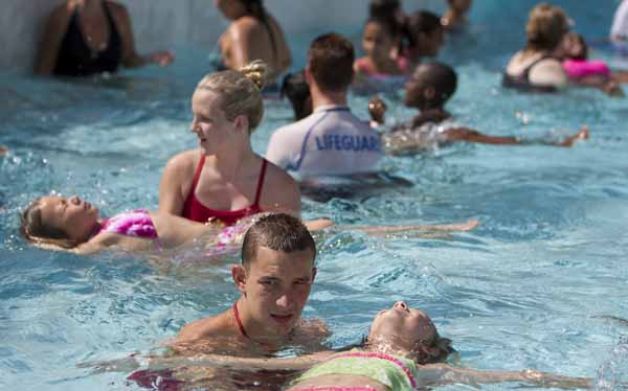Effective Methods To Teaching A Child To Swim

Some parents worry that swim lessons won’t be safe. If you’ve been under that impression you may be in for a surprise. Children love water. Bath time is clear evidence. Swimming capitalizes on this natural tendency. Even young babies are very comfortable in the water. And the younger a child learns, the longer they tend to keep at swimming. It’s one of the few fitness routines the entire family can participate in together. Many swim school have developed effective programs beginning with teaching young babies to float in the water. Exemplary intruction by patient trainers are key and often quite interesting.
With babies. The instructors must be cautious, for certain. They aren’t able to play water games quite yet. The goal is to keep them comfortable in the water and let them become accustomed to how it feels. Often parents participate in these classes as well. Around the age of one year old, babies can begin water games and using some basic water toys. (Water toys should never replace adult supervision and appropriate water safety devices.)
Here are some of the games you can play in the pool with children.
A word of advice, parents must never force children who are afraid of swimming or do not like putting their head below water. All they need are praises and support. If the parents cannot be a part of the swimming session, encourage the children for their achievements in learning new tricks at swim school. This inspires them to work hard and overcome the fear of inhaling water, or floating in the shallow region of pool without drowning. Teaching kids swimming is a thrilling experience. You can always create unique pool games to make this exercise appear interesting and fun filled for the children. The options are endless and the outcome worth every bit of effort.
